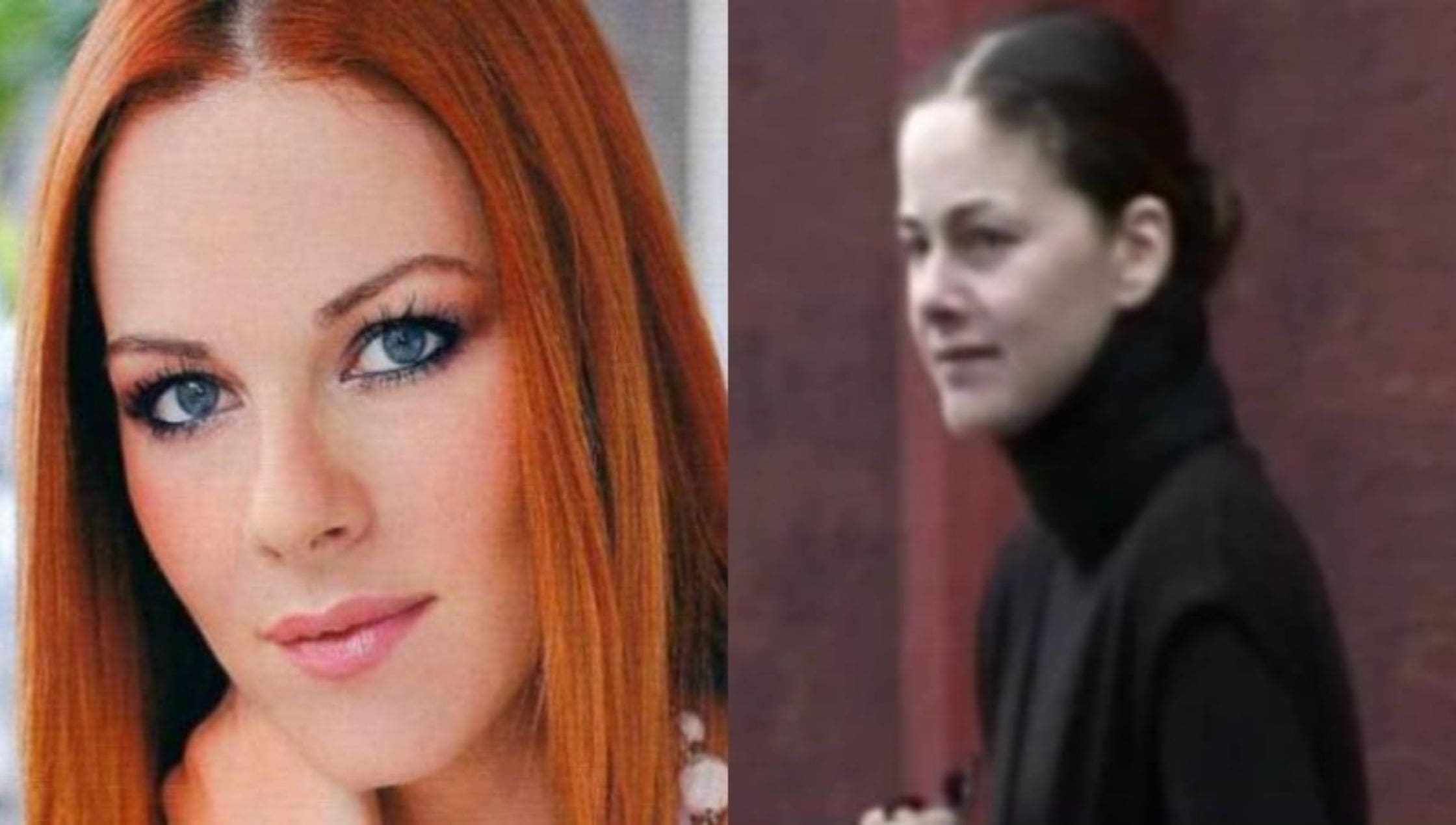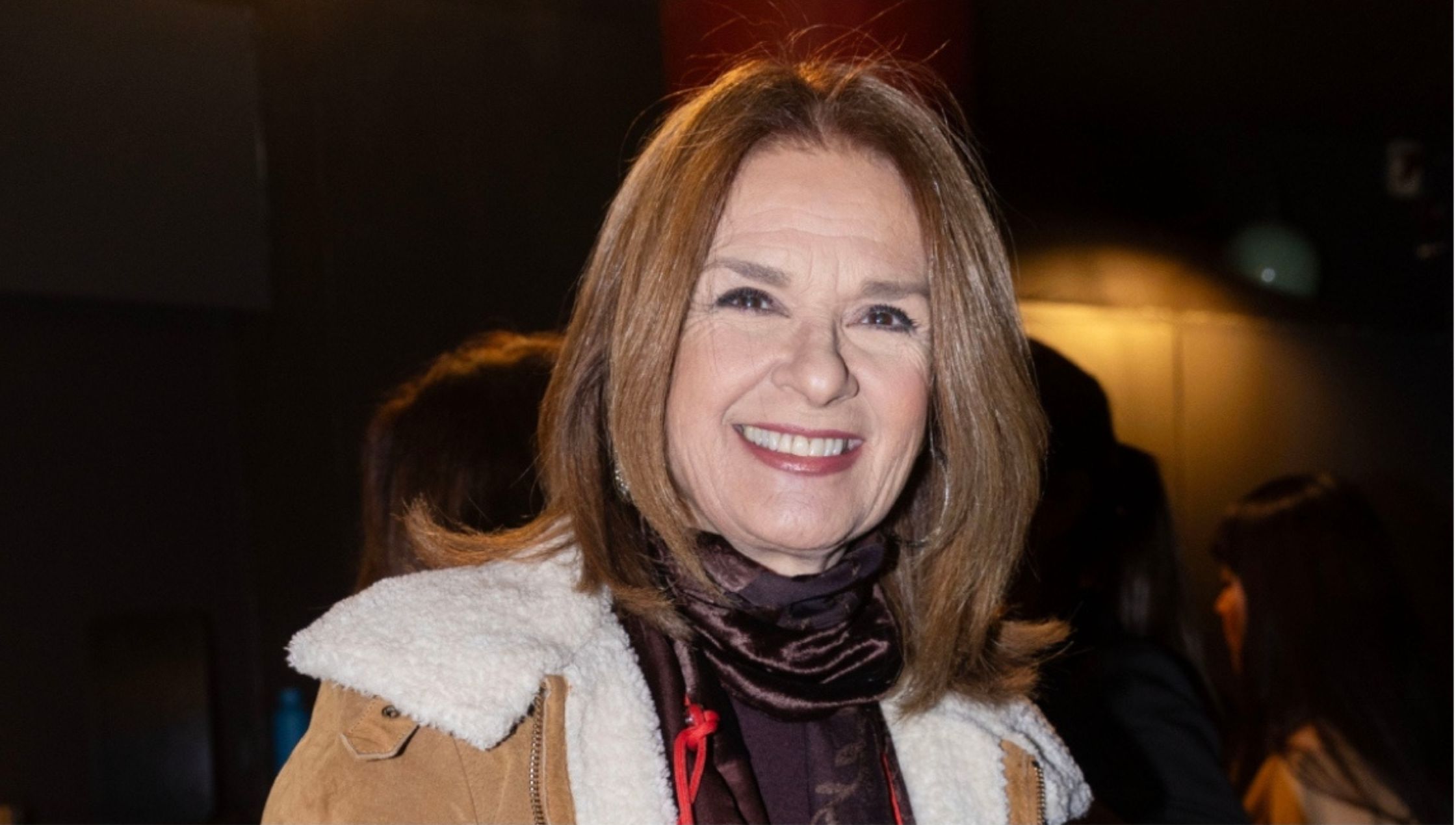Czako Gabor the award-winning writer, critic, linguist, and national artist, passed away at the age of 82. The familY informed the Hungarian News Agency (MTI) that Czakó died early Wednesday morning after a long illness.

Czakó Gábor was born in 1942 in Decs. He obtained a law degree from the University of Pécs in 1965 and worked as a lawyer until 1972. He was also active as an editor for publications such as Új Tükör, Mozgó Világ, and Négy Évszak,
where he served as deputy editor-in-chief from 1985 to 1986. In 1989-90, he became the editor-in-chief of the Catholic newspaper “Igen,” and from 1991, he served as the president of Publica Rt., the publisher of the magazine “Új Magyarország,” until 1998. He was also the editor of Magyar Szemle from 1992 to 1998 and played a significant role in organizing training for Hungarian Catholic journalists.
In 1990, he served as an advisor to Prime Minister József Antall, and from 1997 to 2001, he worked as a member of the ownership advisory board of the Hungarian News Agency (MTI) representing the Christian Democratic People’s Party (KDNP). He became a member of the Hungarian Academy of Arts in 2007.

Among his notable works are “Várkonyi krónika” (novel, 1978) and “Luca néni föltámadása” (novel, 1987). His novel “Megváltó” (Savior), although heavily censored in its first edition, was an attempt to develop an epic portrayal suitable for a broader sociological and behavioral psychological tableau.
From the 1980s onwards, his works increasingly reflected New Testament ethical motivations. During this period, his characteristic philosophical forms became the fantastic parable, the essay, as well as a mixture of fairy tale and anecdote (referred to by him as horror stories). Several of his books were illustrated by Ferenc Banga (“77 Hungarian Horror Stories,” “77 and a Half Hungarian Horror Stories,” “Seventy-Seven More Hungarian Horror Stories”).
As an artist, Gábor Czakó created book and page designs, sculptures, and satirical “garden memorials.” He held a solo exhibition at the Banán Klub in Óbuda in 1997. From 1997, he produced an essay series titled “Beavatás” (Initiation) for Duna Television, and the scripts were also published in book form.

His work was recognized with numerous awards, including the Helikon Sculpture Prize (1960), József Attila Prize (1975), Contemporary Prize (1994), Arany János Prize (2000), Nagy Gáspár Prize (2008), Pro Literatura Prize (2008), Stephanus Prize (2009), and Prima Prize (2010).
In 2011, he was awarded the Kossuth Prize for organizing Hungarian Catholic journalist training and for creating the genre of television essays, as well as for his versatile and genre-rich literary work. In 2017, he received the Civilian Division of the Hungarian Order of Merit Middle Cross for his outstanding professional work. In 2019, he was awarded the title “National Artist,” and in 2022, he received the Hungarian Order of Merit Middle Cross with the Star. In 2019, he was elected as a member of the Digital Literary Academy (DIA).
People Also Read: Natalia Lionaki: Where is she today



